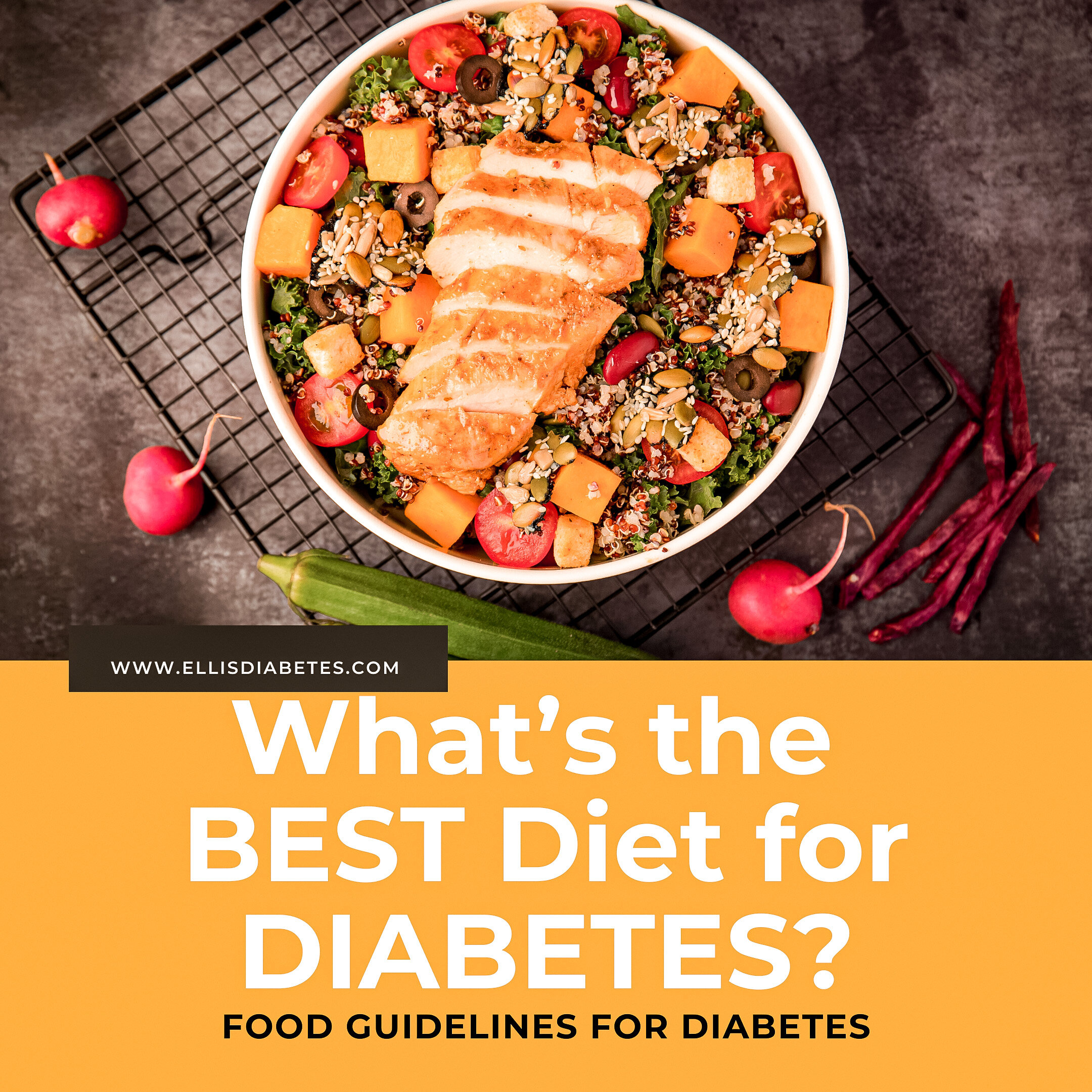Food Guidelines for Diabetes
How many times have you been asked by patients: “How should I eat as a diabetic?” or “What’s the best diet for diabetes?” or “What kinds of food can I eat?” For me…countless times but have you noticed when it comes to dietary counseling for diabetes, there’s such a broad explanation that doesn’t come in a one size fits all mode. It’s kind of all over the place. With all of the fad and designer diets, no wonder our patients are left confused.
As a nurse practitioner, lifestyle modifications with diabetes has been drilled into me but I’ve often felt like there has to be more than the “Exercise and eat healthy” spill that we can get in a habit of doing. So I did some research and found that the American Association of Clinical Endocrinologists (AACE) in collaboration with The College of Endocrinology and The Obesity Society actually have extensive guidelines for the prevention and treatment for metabolic and endocrine diseases. The document is 82 pages…yes 82, but remember this is for all metabolic and endocrine diseases! When you think of it like that, it’s actually not that long!
Clearly I know most wouldn’t want to read an 82 page article so in the next few posts, I will give a summarized overview over the portions covering diabetes as well as link to the article HERE for anyone who would like to have it handy for your practice. So…let’s get into it!
Overview
Like I mentioned earlier, we get the question how should diabetics eat all the time but first we have to understand that this question doesn’t have a clear cut answer. Research shows us that Lifestyle Modifications are more effective than metformin in preventing and treating Diabetes Type 2. Metformin is the first line medication for diabetes type 2 but lifestyle modifications when effectively implemented and adhered to can top that. Also, there are many factors that present obstacles across the board, no matter the diet. Let’s examine a few:
Cost of Food
Now some may dispute me but high quality food can get pricey. It goes without saying that many people cannot afford fresh fruits and vegetables but then there’s a huge demographic that can afford the upfront cost but may live in a “food desert.” Food deserts are areas where no grocery store is available in the neighborhood and leaves the community buying the bulk of their food from a corner store or gas station. We know that you can’t get produce from these places but that’s what they are left with unless they venture out given they have the transportation to do so. Furthermore, health stores like Whole Foods and Sprouts are simply not found in neighborhoods that need them the most so when we suggest stores like this it falls to waist side. Then, there are some that again can afford better food upfront but can’t afford for it to go bad if it is not consumed within a couple of days. This leaves them having to go back to the grocery store multiple times throughout the week. What if they don’t have the proper means for transportation or on a fixed income? So my suggestion to any provider, is to know the grocery stores in your patient’s area and actually educate your patients over healthy alternatives that they can find in their area.
A poor view/relationship with food
Two words: Emotional eating LOL! In our society, most don’t have the healthiest relationship with food. We eat when we are happy, we are sad, when we celebrate…food is the core component to pretty much all social interaction. We have to untrain mindsets that have been present for generations in some cases. Also consider that food can signify a myriad of emotions for people…good and bad. All the more reason why having discussions over nutrition is crucial!
A perceived minimal importance…until it is
Simply put it’s not a concern until it is a concern. Out of sight, out of mind! How many times have you heard, “I feel great so why should I take that medication or eat that way.” And furthermore, I believe we has providers can get desensitized as well because it’s like we are a broken record, repeating ourselves to not even be heard! We have to push past this because prevention is way more efficient than treatment. I love the quote by Benjamin Franklin, “An ounce of prevention is worth a pound of cure!” In other words, a little investment will have a HUGE return!
Variety in cultural practices
Now this is something near and dear to my heart because I come from a culture where though there are many rich cultural practices, they’re not always the healthiest for the demographic. As providers, we have to be culturally aware and sensitive to this. If our end goal is to have better patient outcomes, we must set our patients up for success. There’s no point educating our patients over food practices they won’t adhere to. I’ll give you an example: Being African American, cooking and food is a huge part of the culture. Learning how to cook and cook well is sort of like a rite of passage and recipes have been handed down for generations. Black people across the diaspora are known for delicious and seasoned food so to advise them to lessen their salt intake without offering a delicious & cost effective alternative is not going to achieve adherence. We know that salt will increase blood pressure and make a patient retain water but that patient is not going to sacrifice their favorite dish to swap it for a bland version of it…not going to happen! We have to do our research and offer alternatives that would be a great compromise for both us as the provider and the patient alike!
Minimal attention/importance placed on nutritional counseling
Similar to a point made earlier, nutritional counseling in general can be pushed beside by patient and provider. We can’t get caught in the usual verbiage we use just to check the box for education. Effective education is measured based off how well the patient understands, buys in, & adheres to it. Anything outside of this, is a waste of their time and yours.
An influx of societal and media marketing around food
So if you turn on the TV or scroll through the internet, you are inundated with all kinds of ads pushing some of the most unhealthy foods. This is what we are competing with guys…we have to cut through this noise. It’s more normal to eat at McDonald’s than start a garden and grow your food. More normal to drink soda than drink water. It is more normal for us to put unnatural things in our bodies than natural. We have to shift mindsets y’all but again, while we are pointing out the problem, we have to offer practical and reasonable solutions otherwise there will be no progress!
Now to get my full overview, watch the video I posted on my YouTube channel, Kim E. The Diabetes NP, as well as the FREE cheat sheet I created. Please SUBSCRIBE and follow me over on Instagram, @thediabetesnp!






